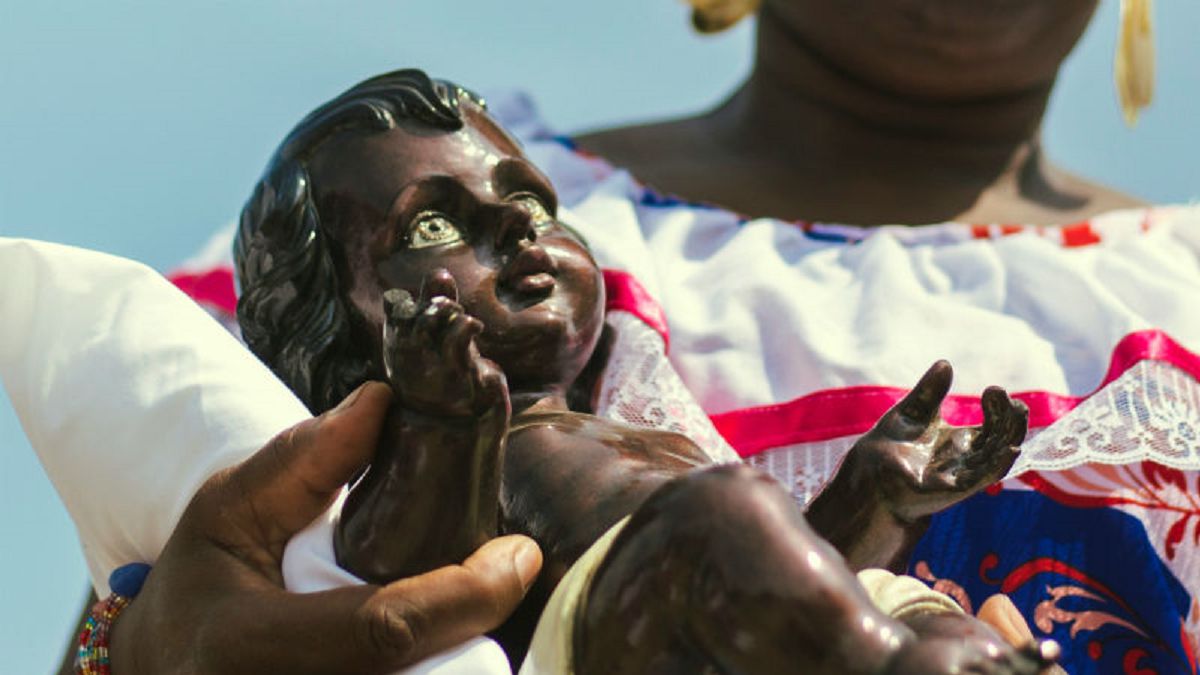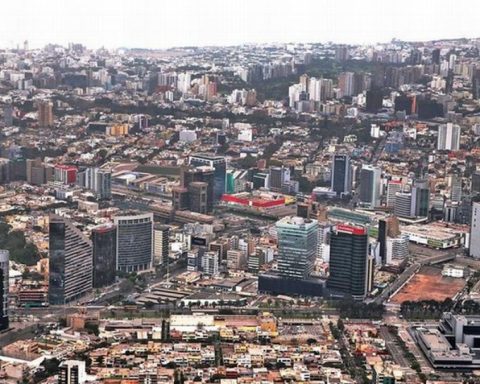Quinimayó, a department of Valle del Cauca, located on the Pacific coast of Colombia, is the name of a small town where something unusual happens every Christmas. In this Colombian town, the Christmas holiday is not celebrated in December as tradition dictates, but takes place in February. But, in addition, the celebration has another surprise: a black Child God is included in the procession.
This tradition, according to the Afro-descendant inhabitants, It comes from the days of slavery, when their ancestors were forbidden to celebrate Christmas on December 25. Therefore, they had to choose a date in mid-February, specifically the third Saturday of the month, to commemorate it.
An ancient tradition
Since then, theatricality, colorful costumes, fireworks, music and dance fill the streets of Quinimayó every February. “The people who enslaved us celebrated in December and we weren’t allowed to have that day off, but we were told to pick another“, explains Holmes Larrahondo, coordinator of the party, to BBC.
“In our community we believe that a woman should fast for 45 days after giving birthSo we celebrate Christmas not in December but in February, so that Maria can dance with us, “says Larrahondo. As a consequence, December 24 is” like any other day “for them, according to Professor Balmores Viáfara told the newspaper. The Colombian.
The Adorations of the Child, the name by which this festival is called, is “a festival” in which “We blacks celebrate by worshiping our God, our way“These celebrations combine Catholicism, a consequence of evangelization, with other rituals that the slaves acquired in Africa. They are taken as” celebrations of resistance, “according to Viáfara.
A black Child God
During the celebrations, the inhabitants of Quinimayó they go through the houses in pilgrimage dancing and singing while they go “in search” of the Child God, represented by a black wooden doll. This figure is the lynchpin of the celebration. Once found, it is carried in a procession through the streets of the town by the locals, dressed as angels and soldiers, until it reaches the manger. Once placed, the dancers perform a dance called ‘la fuga’, in which they imitate the dragged steps of chained slaves.
When the festivity ends, the Child God doll is kept in the house of one of the villagers, where it remains the rest of the year. Mirna Rodríguez, a 55-year-old midwife, has been in charge of guarding him since the death of his mother, his predecessor in the position. “The children since they are used in the event. The angels, the soldiers, the godmothers, the godfathers … They are all children, so I think the tradition will never end“Rodríguez indicated to The Colombian.

















